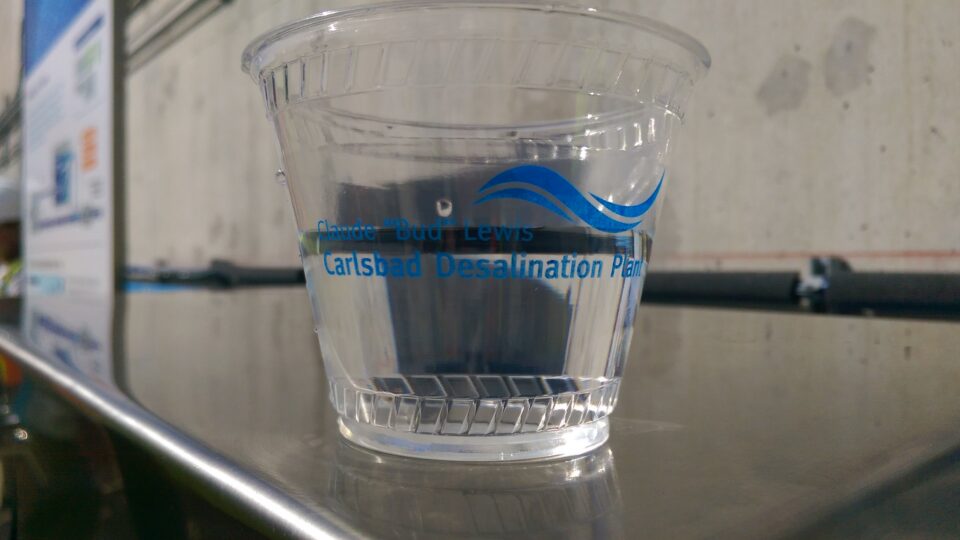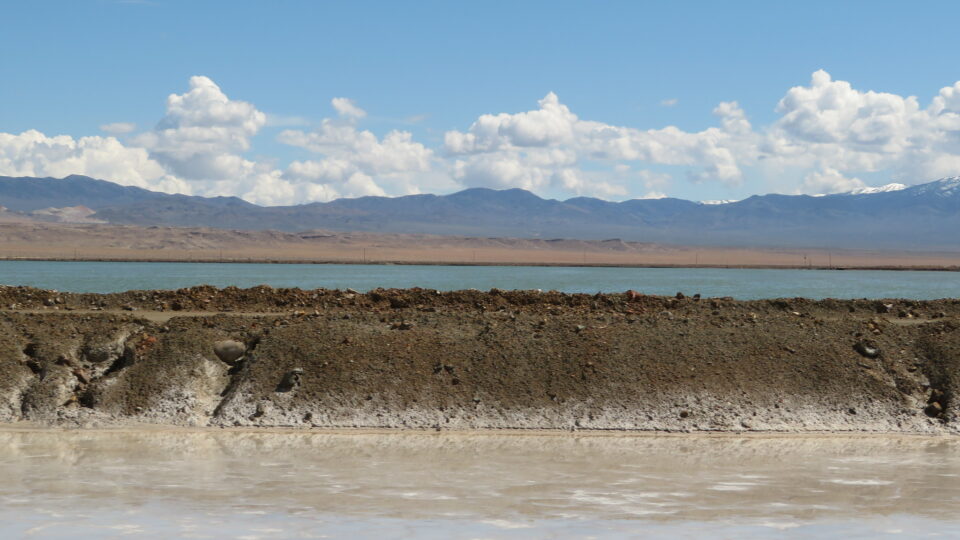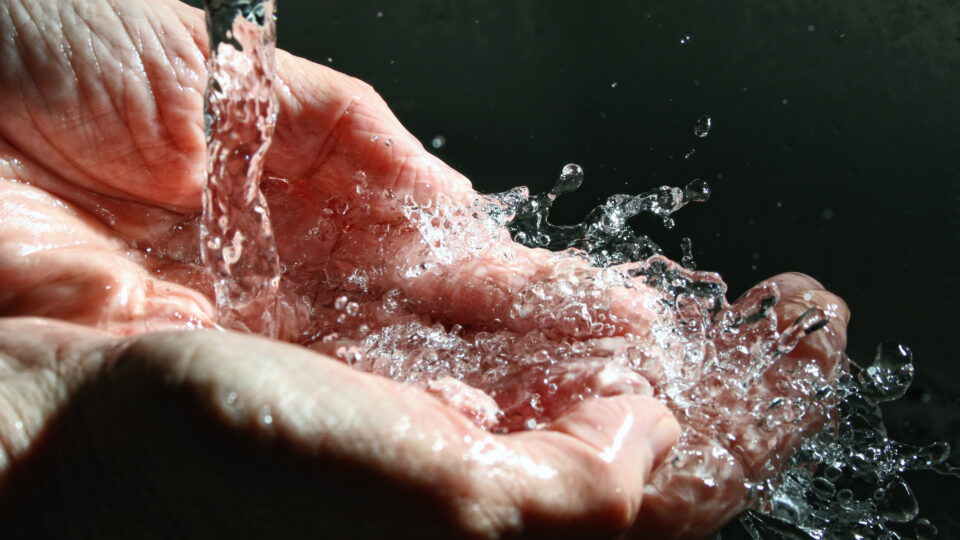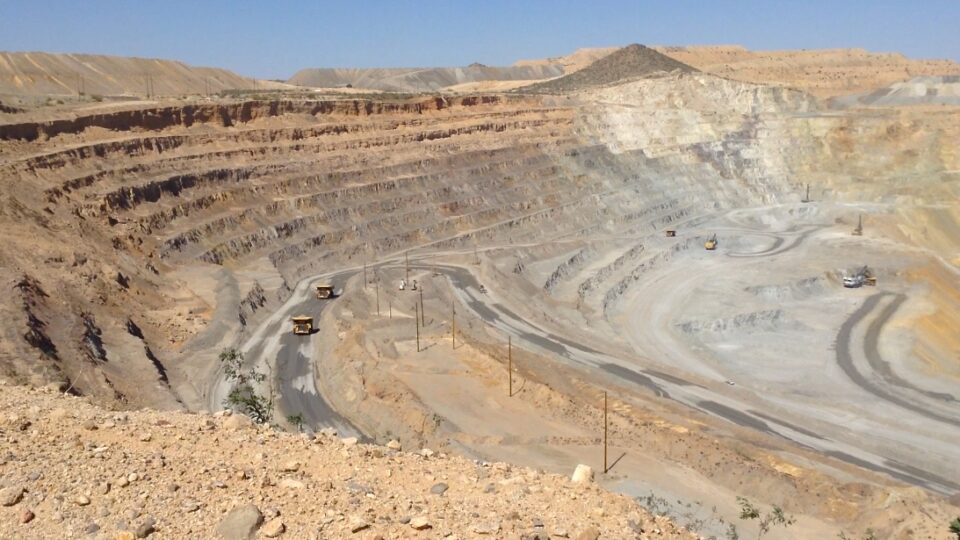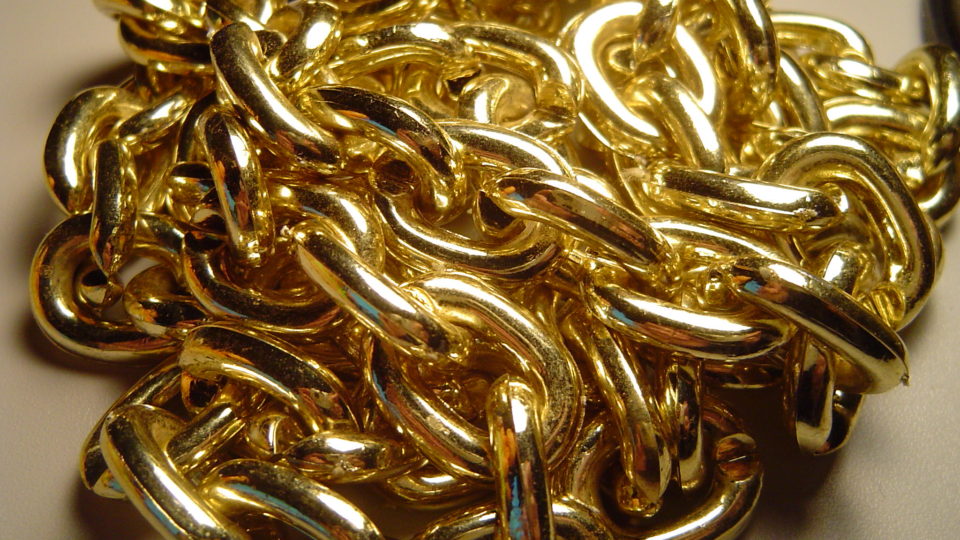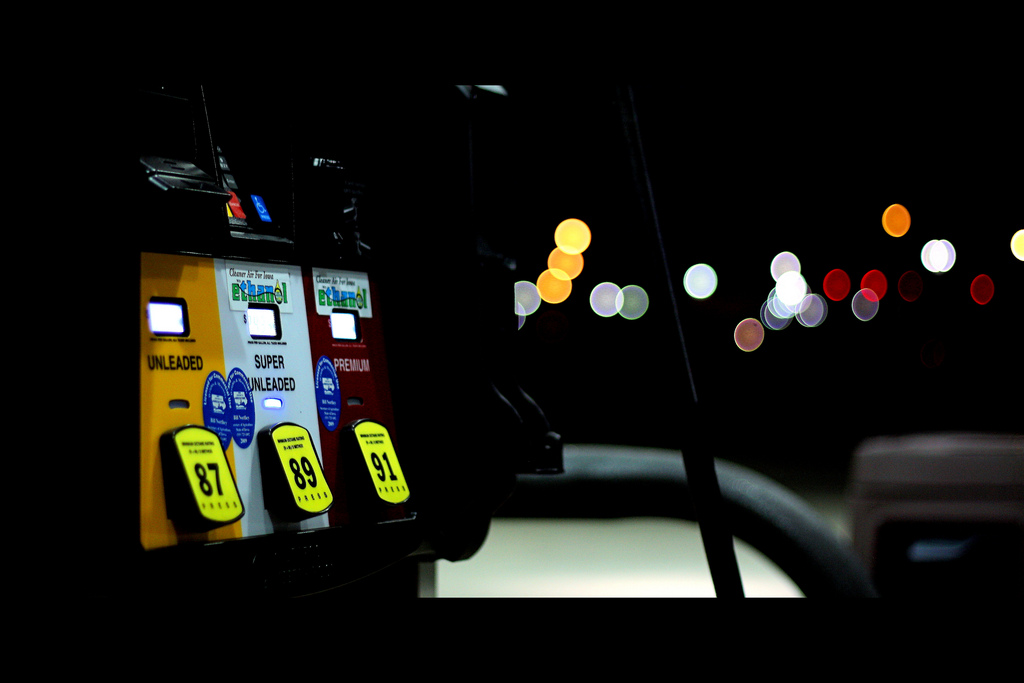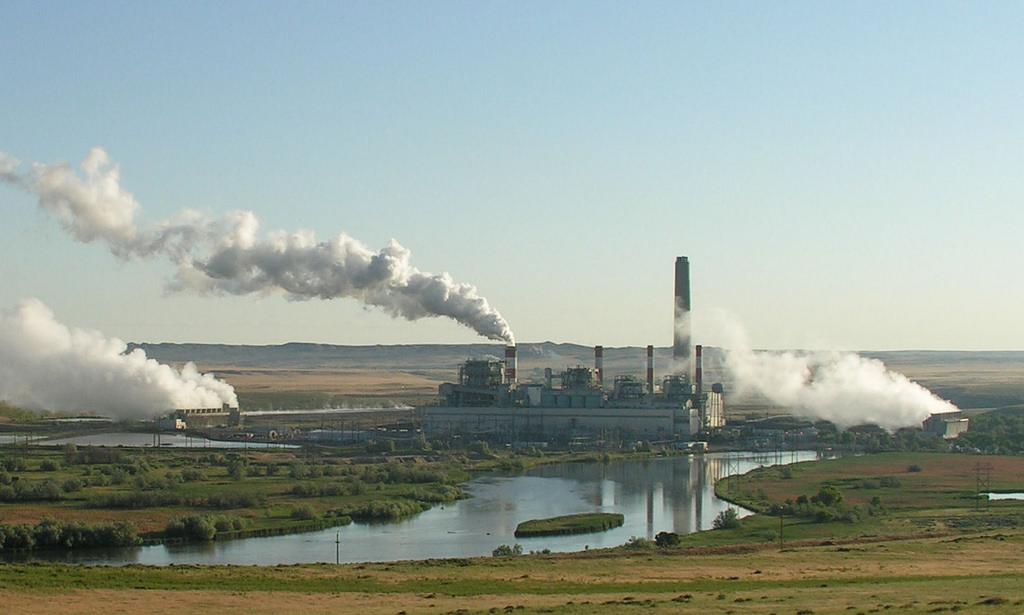There are about 18,000 desalination plants around the world that take in 23 trillion gallons of water each year. The plants produce more than 37 billion gallons of brine – enough to fill 50,000 Olympic-size swimming pools – every day. Disposing of this brine is an ongoing challenge. Dumping it into the ocean can damage marine ecosystems. Inland desalination plants either bury this waste or inject it into wells, adding further cost and complexity to the already expensive process of desalination.
According to researchers at Oregon State University, this waste brine contains large amounts of copper, zinc, magnesium, lithium, and other valuable metals. A company in Oakland, California called Magrathea Metals has started producing modest amounts of magnesium from waste brine in its pilot projects. With support from the U.S. Defense Department, it is building a larger-scale facility to produce hundreds of tons of the metal over two to four years.
Most of the world’s magnesium supply comes from China, where producing it requires burning lots of coal and utilizing lots of labor. Magrathea’s brine mining makes use of off-peak wind and solar energy and is much less labor intensive.
No large-scale brine mining operations currently exist and when there are some, they might end up having negative environmental impacts. But in principle, the process should produce valuable metals without the massive land disturbance, acid-mine drainage, and other pollution associated with traditional mining. Brine mining could turn a growing waste problem into a valuable resource.
**********
Web Links
In Seawater, Researchers See an Untapped Bounty of Critical Metals
Photo, posted February 18, 2017, courtesy of Jacob Vanderheyden via Flickr.
Earth Wise is a production of WAMC Northeast Public Radio
